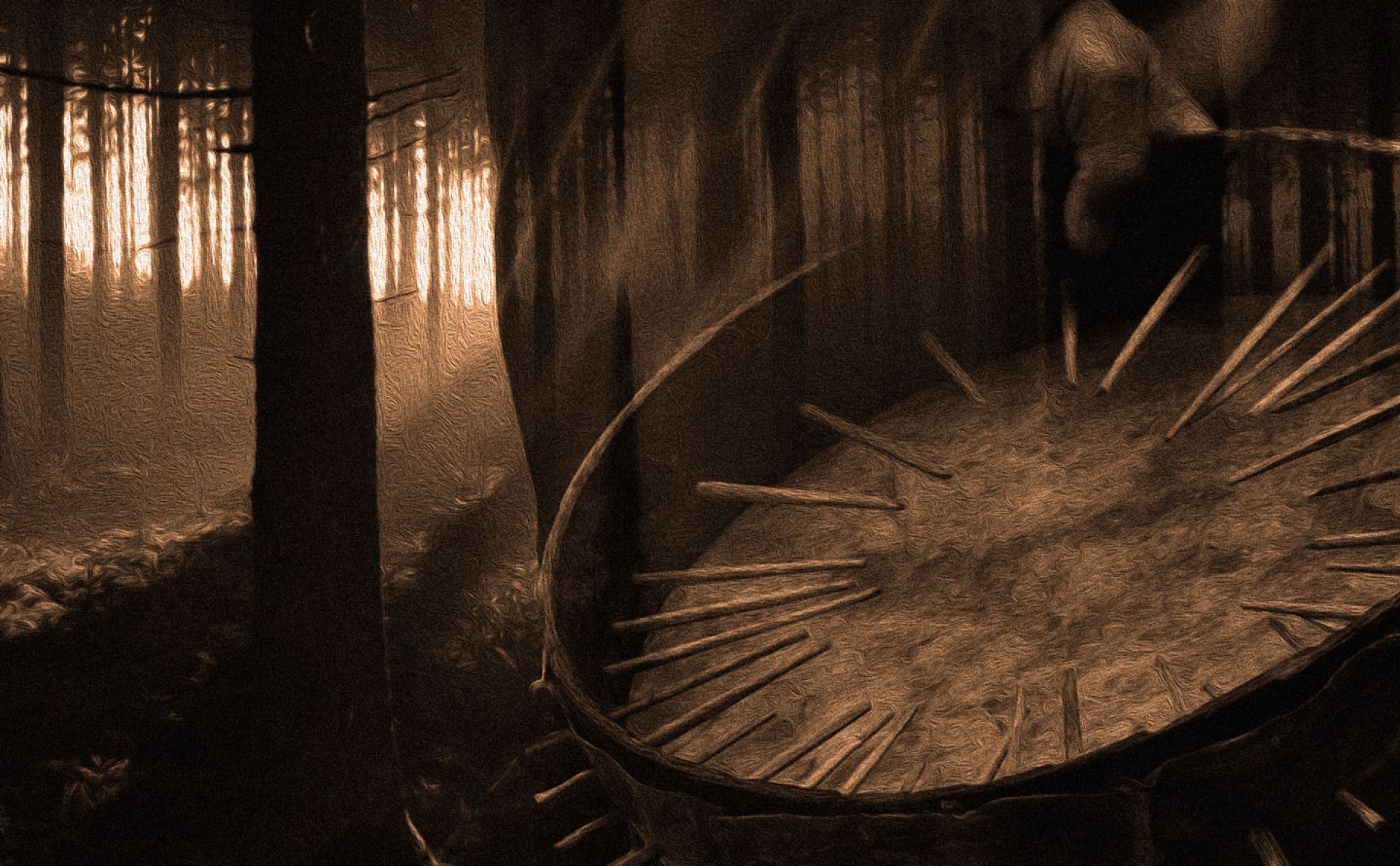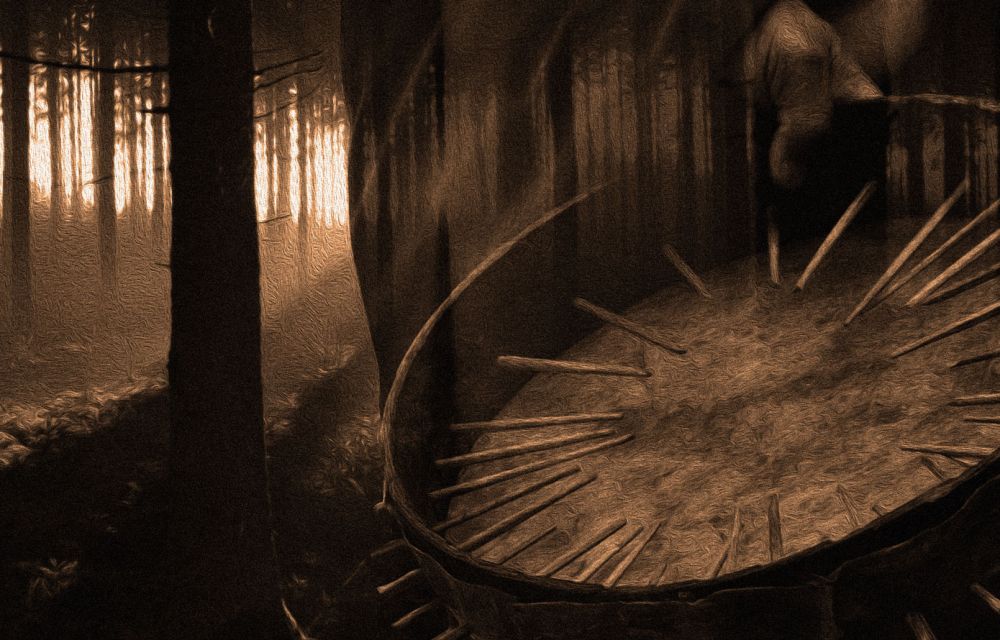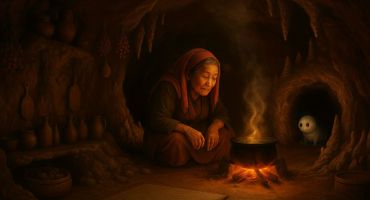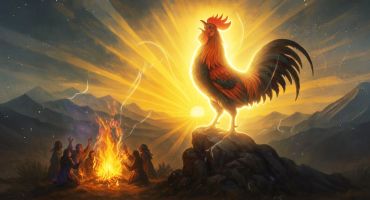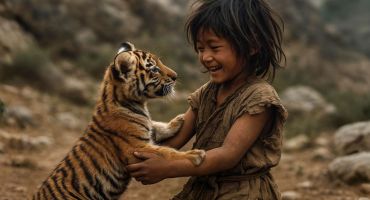Long years ago, when humans were still hunting and foraging for food, there lived a man named Pengdorje. He would go into the forest looking for animals to hunt. He would find a game that the bounty of nature abundantly provided in the forest. On some occasions, he would return empty-handed. He met a woman, and they fell in love.
One day as he was walking in the forest to hunt, he saw a Danphe bird (Monal Pheasant) dancing around to entertain its mate. He kept watching the beautiful dance of the bird with rapt attention. Suddenly, a wild goat appeared near Pengdorje. He immediately shot the goat with his arrow and killed it.
It had been days since Pengdorje had eaten a proper meal. He immediately lit up a fire and roasted the goat meat above it. He stayed alone deep in the forest, hunting, and feasting. Over time, the goatskin had dried up in the sun. As he picked up the goatskin, he realized that it could make a sound when slapped. He chopped off a Bahunia tree and built a rounded frame. He placed the goat leather over it and strapped it with thirty-two bamboo spikes. As he banged on the instrument he created, it sounded beautiful, and he started to sing and dance to its beat.
Meanwhile, Pengdorje’s lover had begun to worry. It had been a long time since she hadn’t seen him. She ventured into the forest to look for him. As she was walking in the deep woods, he could hear the drum beats. She started to follow the sounds. From far she could see Pengdorji beating on his drum, dancing and singing in the forest. Her worries were over, and she went up to Pengdorje, and both of them started to dance together.
The Tamang people believe that this is how the Damphu (traditional Tamang drum) was first conceived.
